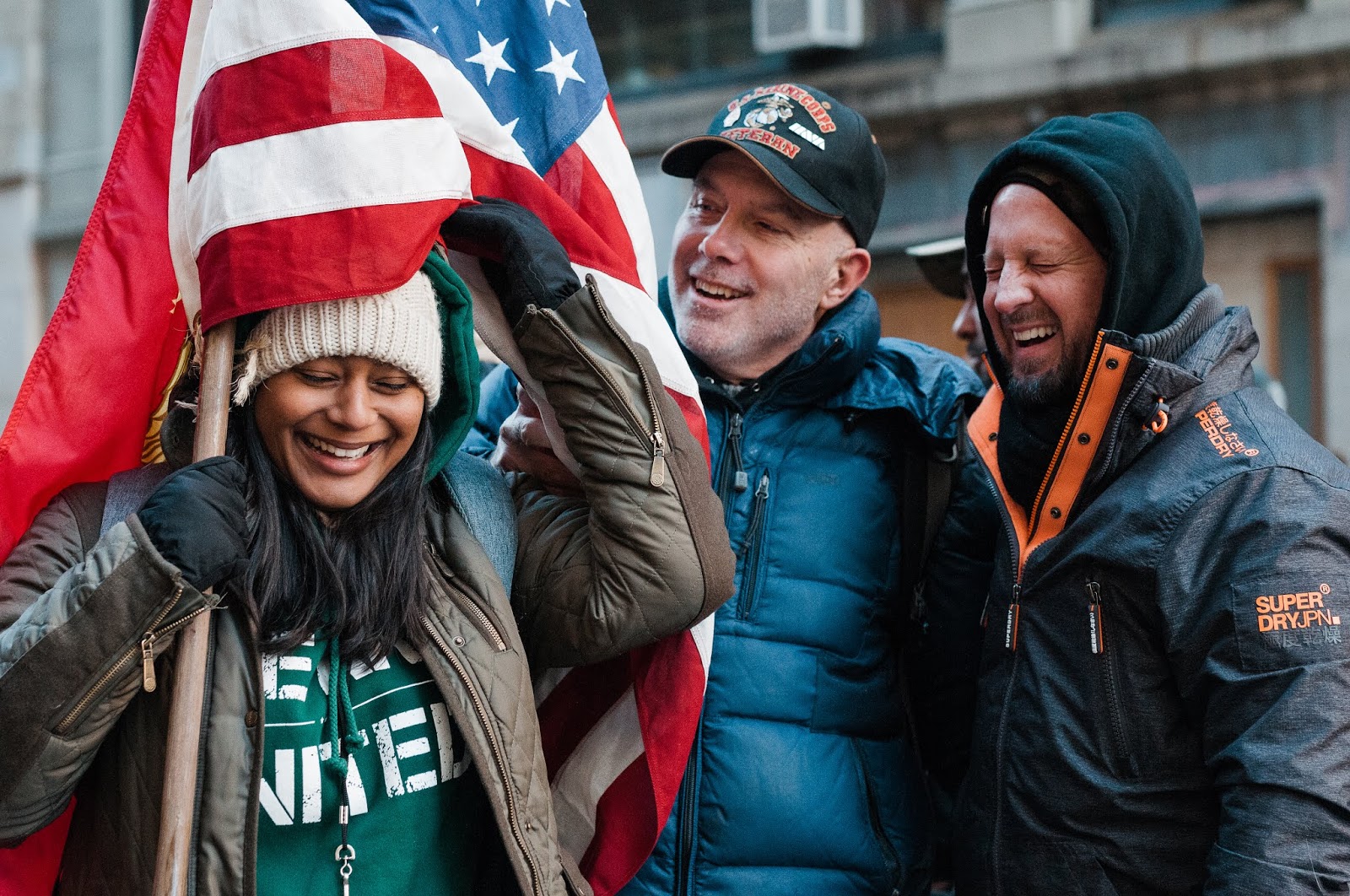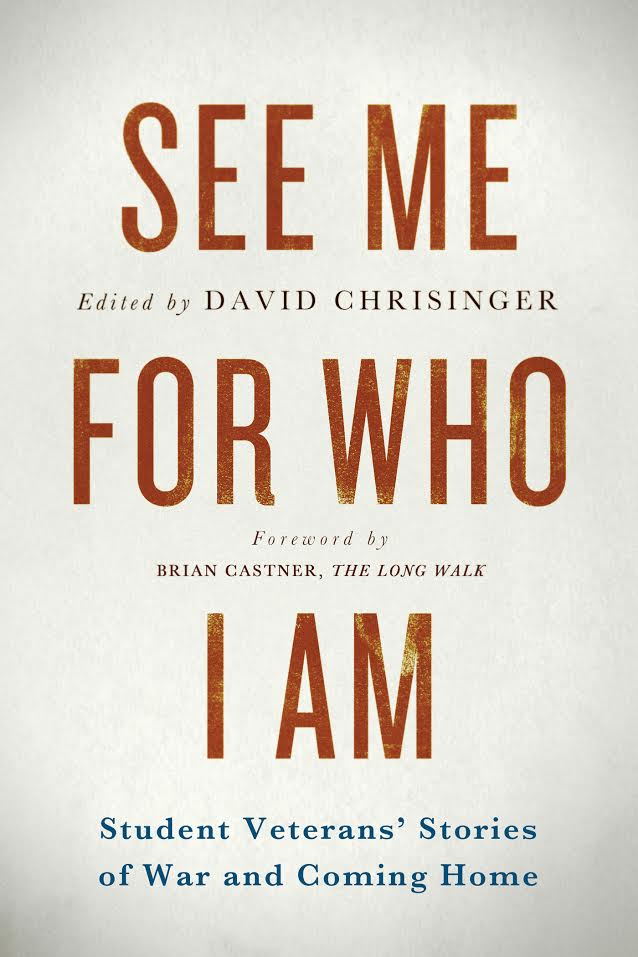IAVA | March 3, 2016
Read: Creative Spotlight: Q&A on See Me For Who I Am

In a compelling new collection, See Me For Who I Am, student veterans at the University of Wisconsin-Stevens Point share their experiences both in combat and back home. Edited by their professor David Chrisinger, the collection allows these veterans to highlight issues like the lessons learned in exploring the history of transition and the realities of being acknowledged as a veteran no matter one’s gender. We spoke with Chrisinger via email about the group’s journey to publication.
How did this collection come about?
This collection came about out of necessity. During the first semester of my veteran reintegration course at the University of Wisconsin-Stevens Point, the students confided in me that it was incredibly frustrating to be misunderstood by the civilians they fought to protect. They were concerned that people back home didn’t care to know about them–or didn’t know how to talk to them. They were also deeply troubled by some of the stereotypes that often dominate the 24-hour news cycle: the hero on a pedestal, the downtrodden, pitiable veteran and the ticking time bomb.
That’s when I decided to challenge the students to write their stories, to tell me who they were and what they wanted me to know about serving in the military and coming home from war. Once the essays started rolling in, I realized we had something special. I shared a couple of the essays with some author friends of mine, and they each encouraged me to pitch a collection of the essays to a publisher. I found Hudson Whitman, again through a friend, and sent them an email describing what we were working on. Within an hour, they emailed me back and said they had been looking for a project like ours.
Were your students able to reflect on their experiences writing their stories as they were crafting them or after the book came together? Did this project help them better understand and appreciate one another’s service?
In class we talked a lot about the power of storytelling to not only help the storyteller make sense of the story, but also connect the teller to the listener. We talked about reframing traumatic experiences and to focus on growth. Also, we spoke about narrative identity theory and how those who tell redemptive stories about themselves are also mentally healthier than those who tell stories of failure and regret. We discussed the difference between confessing and confiding. When someone confesses, they spill their guts to someone who simply cannot redeem or forgive them. When someone confides in another person, conversely, they don’t seek forgiveness. Instead they simply say, “This is who I am. Who are you?” Confessions can make the listener feel uncomfortable. The exchange is often awkward. Confidences connect the teller and listener by exposing their shared humanity.
In our book, Chase Vuchetich writes about losing his best friend in Afghanistan to an IED. I’ve never been in combat, and I’ve never had to search for my best friend’s body, hoping that the enemy doesn’t drag him away. But Chase tells his story in such a way that anyone who has ever lost someone they are close to can relate. That’s the power of good storytelling.
Some of the contributors have told me that writing their stories has helped them make sense of their experiences. Some have told me that their stories’ power has been diminished because they put it on paper, gave it dimensions and worked through the details. Instead of constantly rattling around in their heads, their stories are in a book that sits on a shelf. There’s something powerful about that. I’ve also heard that these stories have helped the students reconnect with their parents and significant others. Some of these stories are not easy to talk about with loved ones. Now the students can hand that loved one a book and say, “Here. Read this. This will tell you everything you need to know.”
Did being by and about student veterans imbue the collection with a particular import, whether for you or your students? What have you heard from readers?
Readers from all backgrounds, veteran and civilian, combat arms and non-combat arms, male and female, have responded positively to our collection. I’ve been told that the book makes people cry and then laugh and then think differently about the amazing men and women who serve in the United States military. The veterans who have read this book and shared their thoughts with me have related to a least one of the stories, which goes a long way to convincing folks that they are not alone. Recently, I was tagged in a Facebook post where a veteran who came to our book launch said, “If you are a transitioning veteran, you need to read this book. It will help you understand things about yourself that you may not have otherwise, and it will also help you see that you are not alone in feeling the feelings that you are feeling. I highly recommend it.”
As for civilian readers, I routinely hear about how they had no idea about this or about that. I hear people talk about Ross Petersen’s essay about helping in recovery efforts after the Fukushima nuclear power plant melted down in Japan. Civilians forget sometimes that our military does a lot more than fight terrorists in the Middle East. Above all else, anyone who reads this collection will be struck by the fact that each veteran is as varied as humanity itself, that regardless of background, we’re all in this together.
To purchase your copy of See Me For Who I Am, click here.







